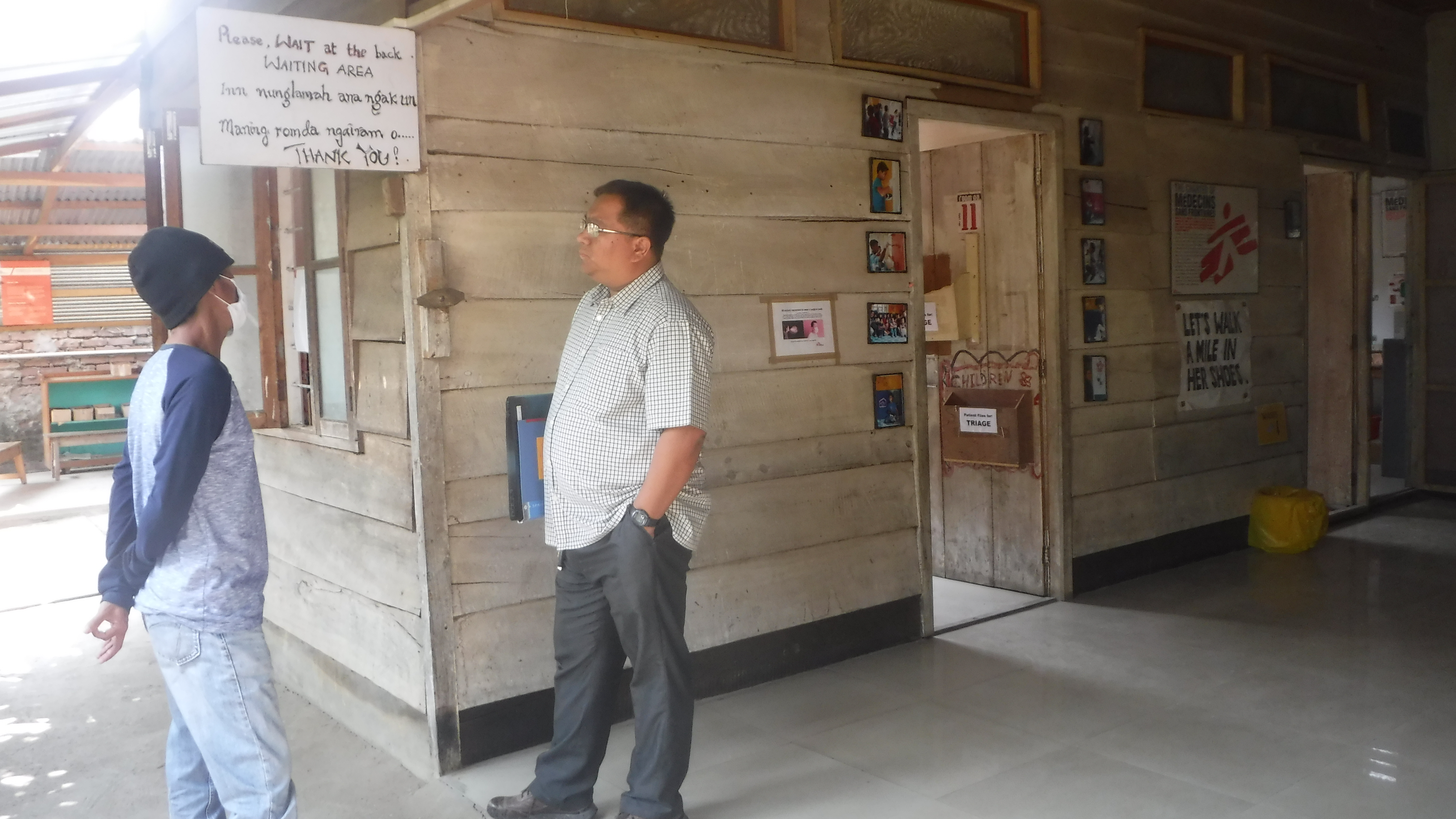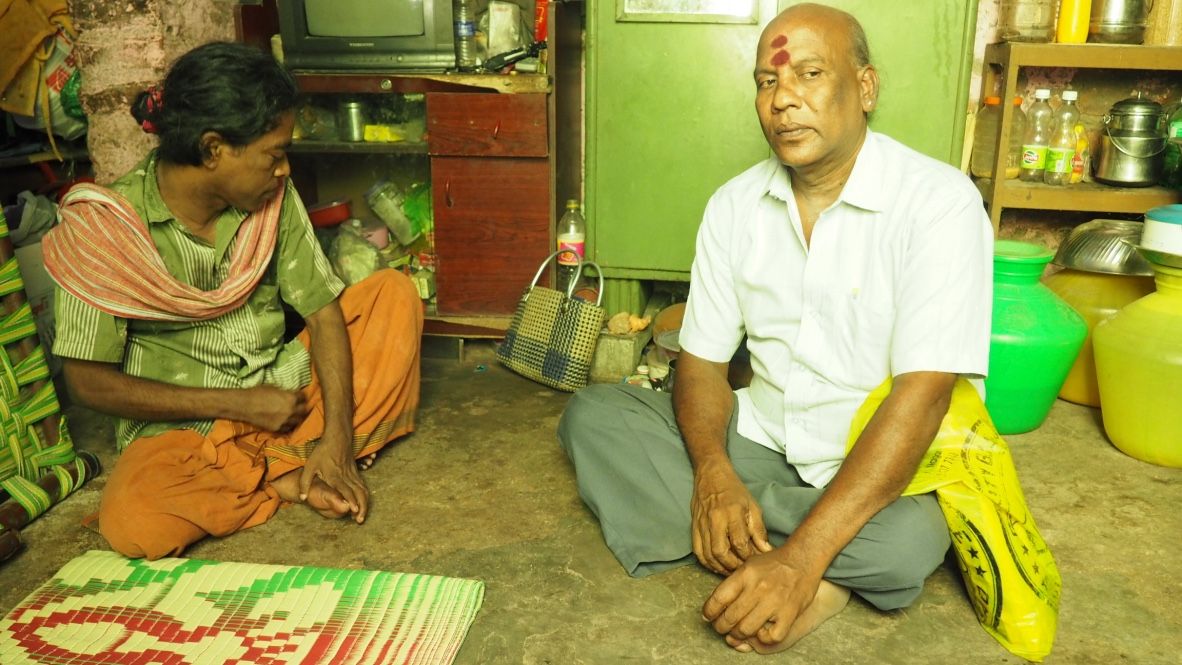July 17, 2016 | Pulitzer Center
Globally, 3 million HIV patients have experienced ocular complications. Yet, a reference to CMV retinitis, or CMVR, an opportunistic infection responsible for more than 90 percent of cases of AIDS-related blindness, is absent from the World Health Organization’s guidelines on HIV/AIDS. Russia, China, and Thailand have all recently promoted the use of eye exams, leading to the early detection and treatment of CMVR as well as tuberculosis, a leading cause of mortality in HIV patients. An eye exam may prevent the tragedy of blindness and mortality, and it will also serve as a report card to monitor our success or failure in the AIDS epidemic. This slideshow looks at patients with CMVR in India.

















